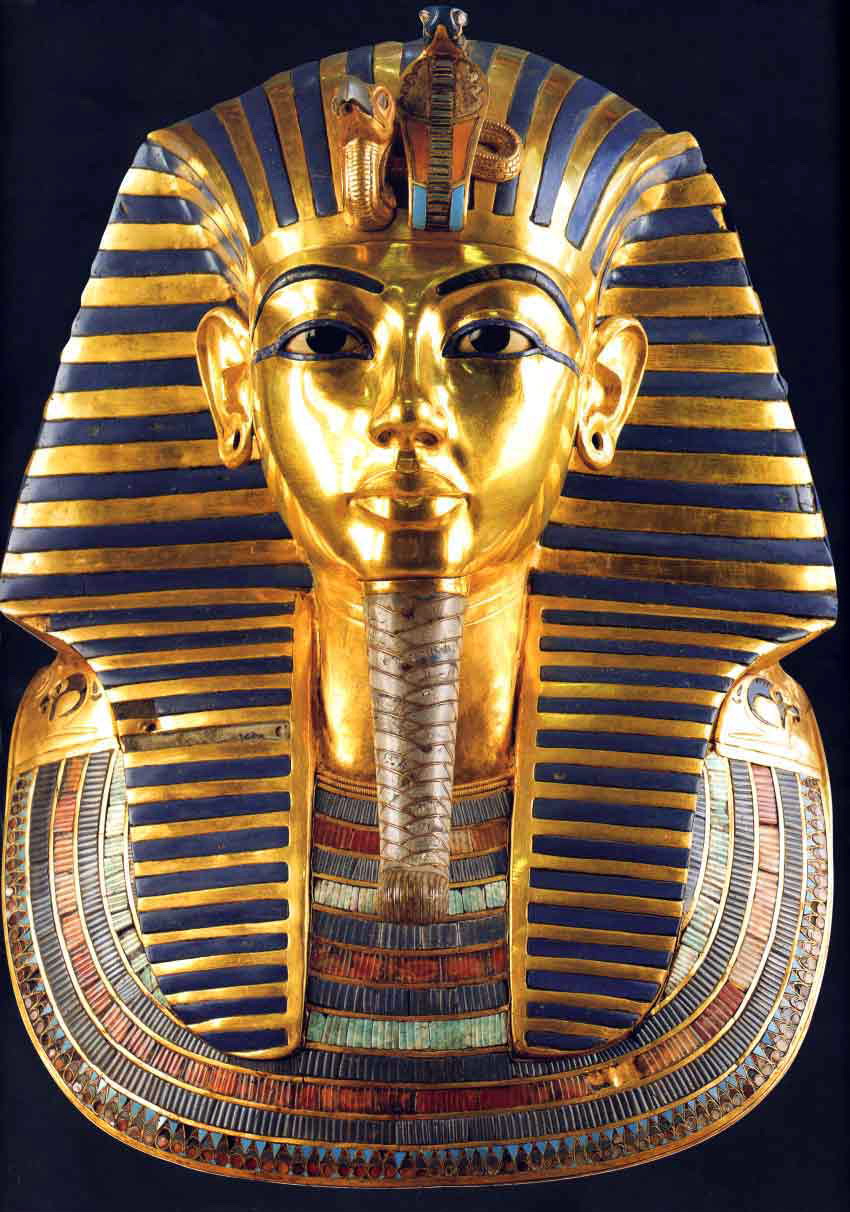Hi, again! This time I'm writing a summary about a 1996 documentary titled Mummies and the Wonders of Egypt. I hope you enjoy it!
We have all heard about the Ancient Egyptians. I don't know a person who doesn't know about their great pyramids, sphinxes and hieroglyphic writing. It's every archaeologist's dream to make a new and important finding of an Egyptian King's tomb or palace. One of the archaeologists who was able to do this was Howard Carter. He wasn't a highly studied man, but he is surely one of the greatest archaeologists of all times. Why? Because he was hungry for success and he loved what he did. Lord Carnarvon was the one to finance Carter's projects, who wanted to investigate in the Valley of the Death, which is found near the modern city of Luxor. Carter found different clues speaking about a certain King Tut, who wasn't known by that time. Still, after more than five years searching for the tomb, Carter still wasn't able to find it. Lord Carnarvon wanted to retire from the site, but Carter made an offer he couldn't turn down: Carter himself would finance the next expedition, and everything found would be Lord Carnarvon's. He obviously accepted, and Carter went back to work.
Luckily for him, it worked. Howard Carter was finally able to make an amazing discovery: King Tut's Tomb. When he first saw that all the seals where intact, he was very excited, because that meant that no robber had entered the tomb before to steal all of its contents, which had happened to most of the tombs discovered. When he entered, and his eyes adjusted to the light of the candle he had brought in, he was able to see gold and treasures, gold and treasures everywhere. He was also surprised by the layout of the tomb, which was really different to other tombs he had seen in shape and size. This meant that his death had been premature and they hadn't had enough time to prepare the tomb. Another clue that his death was premature was that the gloves they found next to him were too small for a grown man. King Tut was a boy king. But if he was a boy, why did he have so much treasures in his tomb? Because he had restored the cult to the other gods after Akenathon's disaster (he wanted to worship just one god). This made the boy king really important.
Then, it was announced that the boy king's body was still inside the tomb. Until that moment, all the objects inside weren't much more than priceless art. There were some gifts and some items that King Tut would need to have in the afterlife for his personal use. But then, the Egyptian government decide to begin to argue about their rights to King Tut's tomb and all the items in it. Howard Carter and Lord Carnarvon began to have different discussions on how to manage the situation, until one day, Carter kicked Lord Carnarvon from his house and told him to never come back. Lord Carnarvon went to live to an island and was bitten on the face by a mosquito. When he shaved, he cut the place where he was bitten and it got infected. He was pronounced dead a few days later. Many people all over the world attributed his death to a curse that protected King Tut's tomb, but this theory wasn't based on anything at all. A few days after, Carter was able to find the King's coffin, standing majestically in the middle of a newly discovered tomb. The body was inside, and the coffin's lid in the original place.
Still. there was something wrong with the lid. It was partly broken, and it seemed as if it was the replacement of the original lid. It seemed as if King Tut's tomb had been built in a hurry, and the lid had fallen and broken, but they didn't even have time to repair it. When they opened the sarcophagus, they found a perfectly made mummy: King Tut. With him were other mummies, but the most important finding was King Tut's mask. Then, another problem arose: The oils with which the coffin had been sealed didn't let Carter open the mummy to see King Tut's body. Therefore, he had to cut the body into pieces before finally cutting it open, for being able to determine King Tut's age and relationship with other known pharaohs. Also, the oils didn't let him remove the mask, so he had to do it with sharp knives, heavily damaging the face of the King, but at last, it was done. It was the most important archaeological discovery in Egypt, until soon after another finding was made nearby. It was KV5, the tomb of Ramses II and his offspring, which was gigantic. Still, it had already been partially looted.

No comments:
Post a Comment